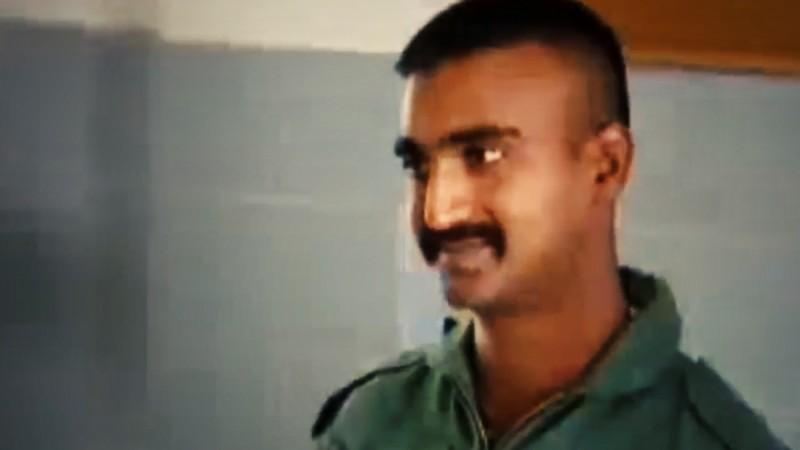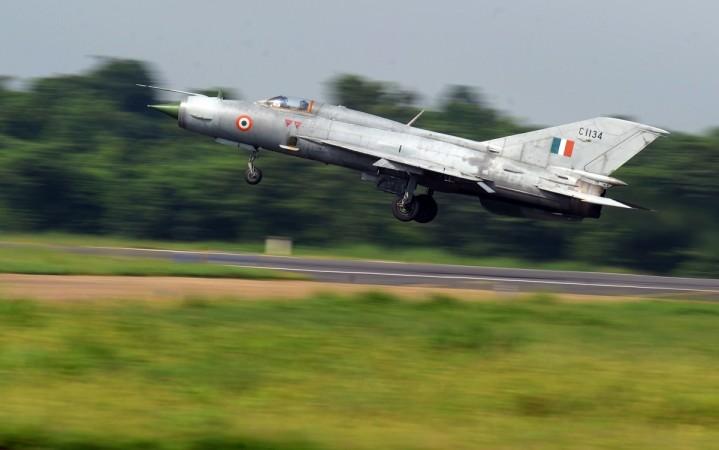
'F-16 Killer' Wing Commander Abhinandan Varthaman will go down in the history of air combat as the only MiG-21 Bison pilot to shoot down a fancied F-16 fighter, considered far ahead of the 'Soviet-era junk' that had earned the sobriquet of 'Flying Coffin' for its high rate of peacetime attrition. But, Wing Commander Abhinandan would be the hero of the legend about how the lowly 'Fish' ate the 'Falcon', the MiG-2's Nato reporting name being 'Fishbed' and F-16's being 'Fighting Falcon'.
Once Indian Air Force's (IAF) mainstay, MiG-21 'Fishbed' is the most manufactured fighter jet of the supersonic era the combined number topping well over 12,000. Most air forces have retired the aircraft that first rolled out of the Soviet Mikoyan OKB drawing board in the late 1950s. India has persisted with the fighter jet through various upgrades with somewhat better avionics and munitions cluster. Still, the aircraft was never considered a match for a US-built fourth generation F-16 Block 51 'Fighting Falcon' equipped with beyond-visual-range (BVR) advanced medium-range air-to-air missiles (AMRAAM) of deadly accuracy and fire-and-forget capabilities.

To Wing Commander Abinandan's credit, he got an early radar lock on his formidable adversary and did not demure even after being warned of having been 'painted' on the radar of the opponent, according to a media report. He fired the Russian-built short-range R-73 missile that came as part of the Bison upgrade just as the F-16 pilot pulled the trigger of the AMRAAM AIM-120. Both aircraft took hit before they could take evasive action and the forward momentum of MiG-21 took it to beyond the Line of Control (LoC) and the pilot's parachute drifted into the Pakistan-controlled Kashmir.
Media reports say Wing Commander Abhinandan's MiG-21 was part of a pack of fighters and interceptors that scrambled to meet a Pakistani formation of over a dozen jets including F-16. Pakistan Air Force (PAF), however, denied it used F-16 aircraft for the operation that was in retaliation to Indian Air Force's (IAF) retributive surgical strike 2.0 on Balakot terrorist training camp of Masood Azhar-led Jaish-e-Mohammed for the suicide bombing of a CRPF convoy on Pulwama in Jammu and Kashmir killing 40 troopers.
While Indian military observers confirm having seen the F-16 spiral out of control and go down beyond the LoC on the Pakistani side of Kashmir because of its trajectory when it took the hit, just as the MiG-21, Pakistan has understandable reservations in admitting to the incident. It is not just about having to admit the loss of an aircraft of such high value. Pakistan could land in trouble with Pentagon if it were to admit the use of an F-16, which the US sold it for anti-terror operations on the western front, against India, which has friendly relations with Washington. The ignominy of having to admit the loss of a costly F-16 to an 'outdated' Russian fighter would be too much for both Islamabad and Washington.

However, the Indian military has evidence of F-16s having been used for targeting Indian military installation. In a tri-services press conference, Air Vice Marshal RGK Kapoor debunked Pakistani claims saying the IAF had received clear radar signal characteristic of F-16 Fighting Falcons. Moreover, the military officials exhibited the piece of missile wreckage that landed on the Indian side of the LoC with clear US markings. Sources said India would hand over the wreckage to US authorities as the understanding when Pentagon agreed to sell F-16s to Pakistan was that the aircraft would not be used against India and the violation of that understanding could be treated as a major infringement of the contract terms.
It's unlikely that either Pakistan or the US will admit to the kill because of the ignominy of having to accept the lethality of Russian equipment and the damage it could do to troop morale.
IAF would eventually have to retire these workhorses and the indigenous light combat aircraft Tejas are expected to take their place.
















